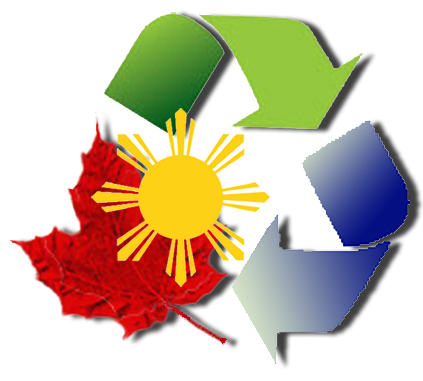Daniel A. Huard, LEED Fellow the Godfather of Sustainability shares “Life Cycle Assessment is an essential tool for organizations seeking informed pathways to reduce their environmental impact, improve manufacturing effectiveness, ensure best in use considerations and manage waste including product end-of-life more efficiently, as well as providing compliance economy of scale.”
The ISO LCA Standard 14040:2006 was reviewed and confirmed in 2022 so when we reference this work credit to must be given to the International Standards Organization for their diligent work maintaining the LCA Standard as well as ensuring its robust applicability. “ISO 14040:2006 describes the principles and framework for life cycle assessment (LCA) including: definition of the goal and scope of the LCA, the life cycle inventory analysis (LCI) phase, the life cycle impact assessment (LCIA) phase, the life cycle interpretation phase, reporting and critical review of the LCA, limitations of the LCA, the relationship between the LCA phases, and conditions for use of value choices and optional elements.”
In our application for Clients, we utilize differing and different Life Cycle Assessment (LCA) software and approved techniques to effectively gauge how a product (or assembly of products as in a building) will impact the environment throughout its life stages from the initial sourcing of raw materials to eventual waste disposal or more effective end-of-life.
We encourage our Clients to incorporated full-life-cycle-thinking into their Protocols, Procedures incorporating Life Cycle Stages into their SOPs (standard operating procedures) to more effectively track inputs, outputs and impacts. When effective Governance sees this adoption organizations can reduce overall costs related to inventory acquisition, production/construction, transportation, use, waste generation and management, the off-site shipment of waste, and its treatment or disposal. In our experience creating policies and procedures that significantly consider to include purchasing departments, manufacturing units, and even if necessary hazardous waste management departments combines input and iteration produce dramatic inventory savings, reductions in waste generation and related spending, reduce negative environmental impacts for example: wastewater, air emissions, increased landfill, incineration, and other treatments.
 Our team at Humann Building Solutions goes beyond the typical four major life-cycle phase in our evaluations to encourage ‘BEYOND’ as illustrated at the left to acknowledge the Three Rs to encourage Circular Economy implementation as a fundamental governance need.
Our team at Humann Building Solutions goes beyond the typical four major life-cycle phase in our evaluations to encourage ‘BEYOND’ as illustrated at the left to acknowledge the Three Rs to encourage Circular Economy implementation as a fundamental governance need.
Huard adds “If you want credible ESG Reporting then your “E” efforts need the transparency from LCA of your materials and processes to ensure that you have effectively included governance “G” that supports the socially responsible “S” as well!” “We at Humann Building Solutions have long been known as being very effective at preparing robust LCA reporting for our Clients, Green Building Certification Standards globally as well as for various Governmental Agencies.”
In closing if you would like to discuss how LCA can be effective for your organization or Green Building Certification strategy do reach out, we can help!
Copyright ©2022 D.A. Huard, Copyright ©2022 Humann Building Solutions, LLC.
